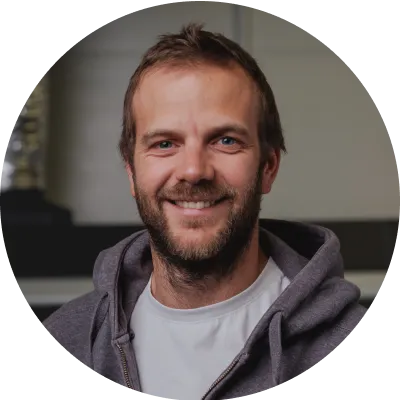The professional use of 3D printing has long ceased to be limited to the prototyping process. Thanks to technologically advanced devices such as HP Multi Jet Fusion, 3D printing is increasingly becoming the best and most profitable technology in producing format parts and spare parts, housings for electronic devices, and even prostheses.
In this article, we will describe in what situations companies decide to use 3D printing in their projects.
What are the benefits of 3D printing compared to other technologies?
The basic difference between additive technologies and traditional solutions is hidden in the name. Parts are created by gradually applying successive layers in the printing chamber until the desired shape is obtained.
The process does not require:
- molds (as in foundry or injection technology)
- blocks or slabs of raw material (as in reductive manufacturing)
Due to these fundamental differences and the development of additive technologies in recent years, 3D printing gives new opportunities to companies that decide to implement it. Here are some key advantages companies can gain by using 3D printing.
Accelerating implementation
Ordering an injection mold can take several months, which may be prohibitive for some projects. In contrast, only a design and material are needed to produce the part in 3D printing, so the implementation time can be shortened to approximately 3-5 days in the case of ready-made designs.
Moreover, thanks to MJF technology, it is possible to print many different designs at the same time, so at the early stage of the project there is no problem to produce several variants of a given part.
Cost reduction
3D printing in HP Multi Jet Fusion technology is, in many cases, the most profitable technology in short-series production. The key reason for that is the lack of the need to create an injection mold, which can cost over $100K and take even several months to manufacture.
As an additive technology, 3D printing is also generally more economical than scrap technologies. This difference is especially high in the case of HP Multi Jet Fusion technology due to the efficient use of material.
Switching to 3D-printed parts can reduce costs by up to 60%, depending on production run size and component geometry.
It is worth noting, however, that 3D printing becomes less profitable as the demand for specific parts or e.g. housings increases. Therefore, it is often a transitional technology that allows you to verify the project and create the first few editions before investing in an injection mold.
Design freedom
The problem with cutting-based technologies is the inability to produce many geometric solutions, such as empty interiors. Additionally, some projects, although feasible, involve very large material losses and extended production times.
These problems do not occur with additive technologies. Constructors and designers designing for 3D printing have much greater freedom and can use solutions not available in other situations – e.g., inserts, empty spaces inside, threads, etc.
These solutions not only facilitate the further process but also often significantly reduce the project’s cost.
Flexibility in orders and design
The method of producing parts by 3D printers allows for any changes to be made between series, which is impossible in the case of molds and difficult in the case of e.g., CNC. This makes it a great technology for companies that work on constantly evolving projects where the final version is not yet known.
MJF devices allow for a dynamic prototyping process and the creation of the first series of parts using the same technology.
How to choose a partner to supply 3D-printed parts to your company?
As a company supplying 3D-printed parts, it is difficult to avoid self-promotion when answering this type of question. However, to maintain as objective a perspective as possible, we will focus on the issue of technology itself.
At Cubic Inch, we use HP’s Multi Jet Fusion technology. The first devices of this type appeared on the market in 2016, and their uniqueness resulted from the fact that they were printers designed for production use.
Unlike most additive technologies, HP MJF printers can be used not only in prototyping or creating single parts but also in short-series production. Parts printed at MJF are characterized by very high precision, repeatability, and durability.
As specialists in this solution, we know its versatility and reliability. At the same time, we know that this is not an ideal technology for every project.
So how do you choose the right technology and the perfect 3D-printed parts supplier for your company?
Design requirements
Accuracy, material, shape, finish, application… each project has specific requirements that determine the appropriate technology.
Accuracy
In the case of HP Multi Jet Fusion technology, we guarantee the highest level of printing accuracy of +/-0.3 mm ≤ 100 mm, +/-0.3% >100mm. This is a very good result compared to other additive technologies but lower than, for example, injection technology.
Material and application
The material used for printing is polyamide PA12. It can be used in a very wide range of projects, also in contact with water and skin.
Similar materials are used in other additive technologies, but 3D printing in resin (SLA technology) is also a popular solution.
Geometry:
Due to the lack of the need to use supports, 3D printing using Multi Jet Fusion technology allows you to create almost any geometry.
Post-manufacturing finishes
Possible finishings of parts using MJF technology are:
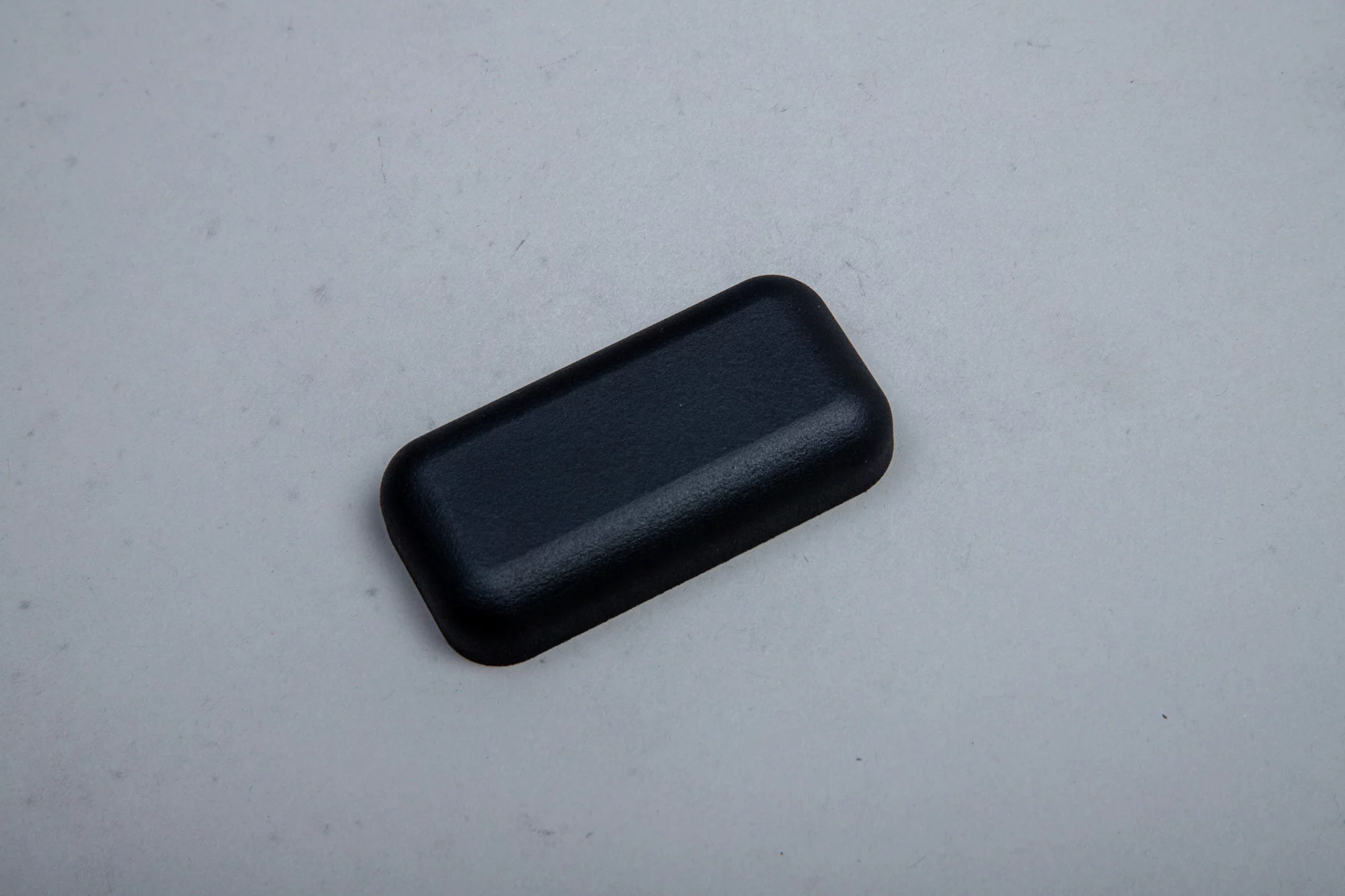
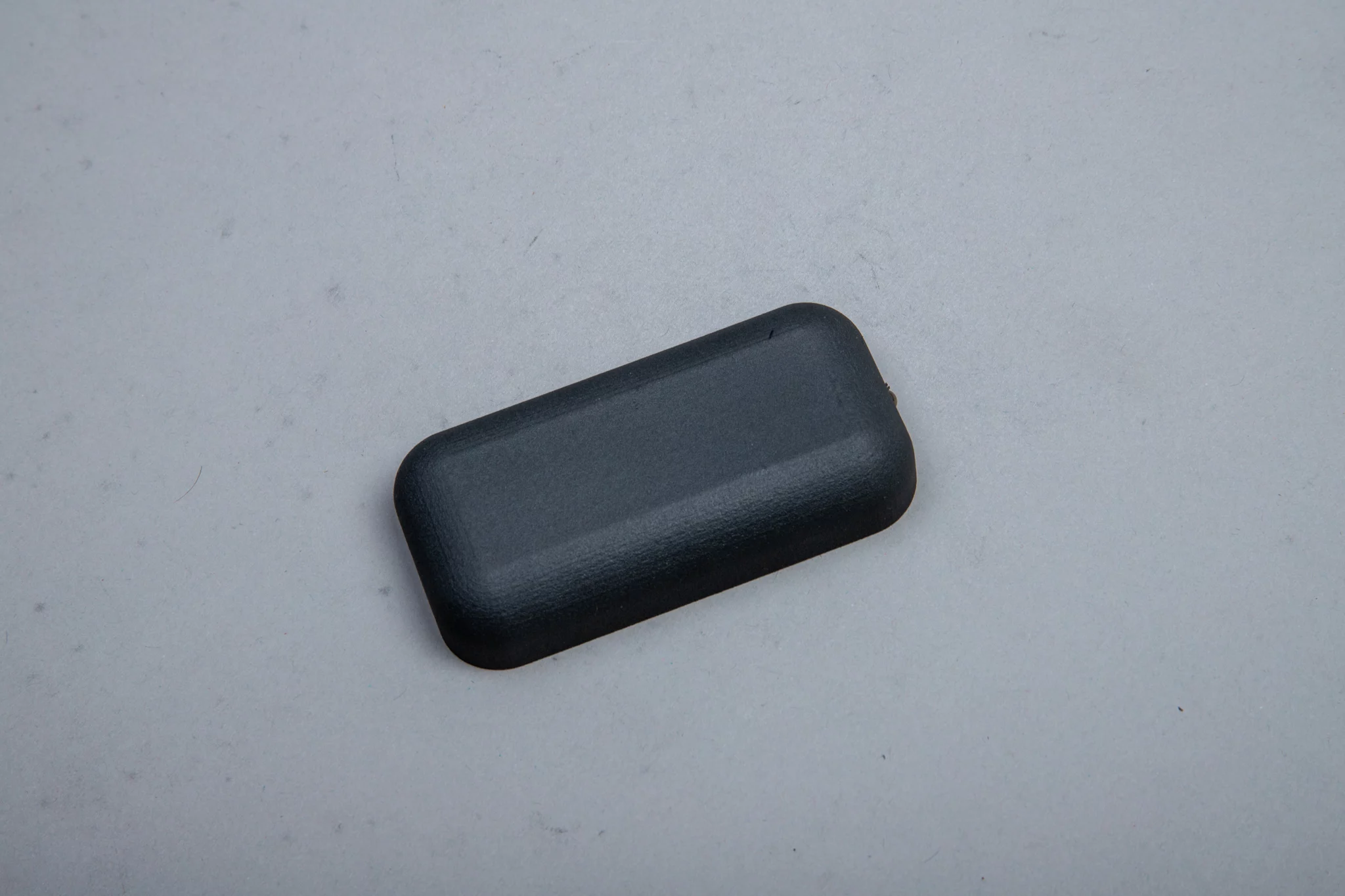
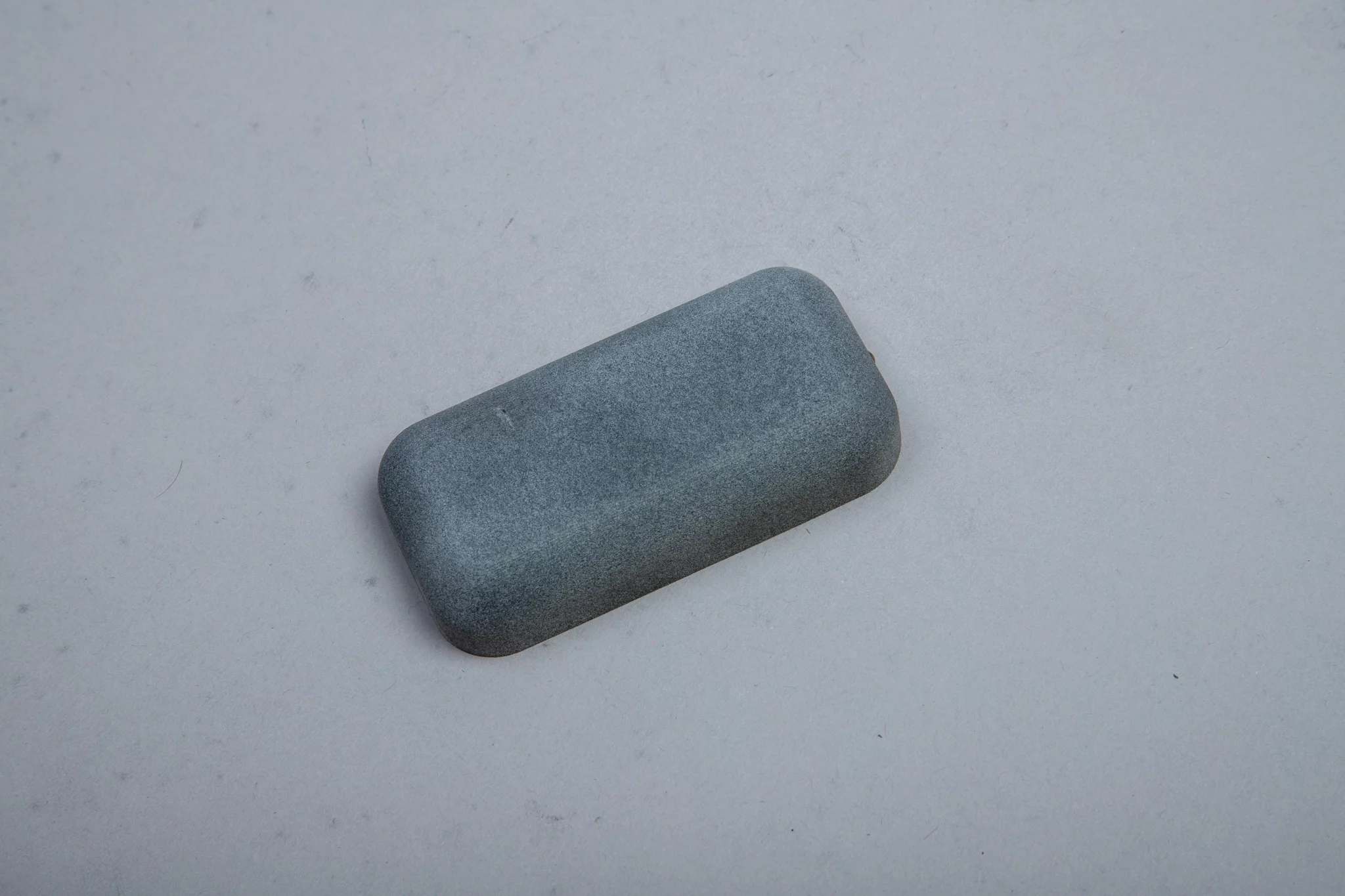

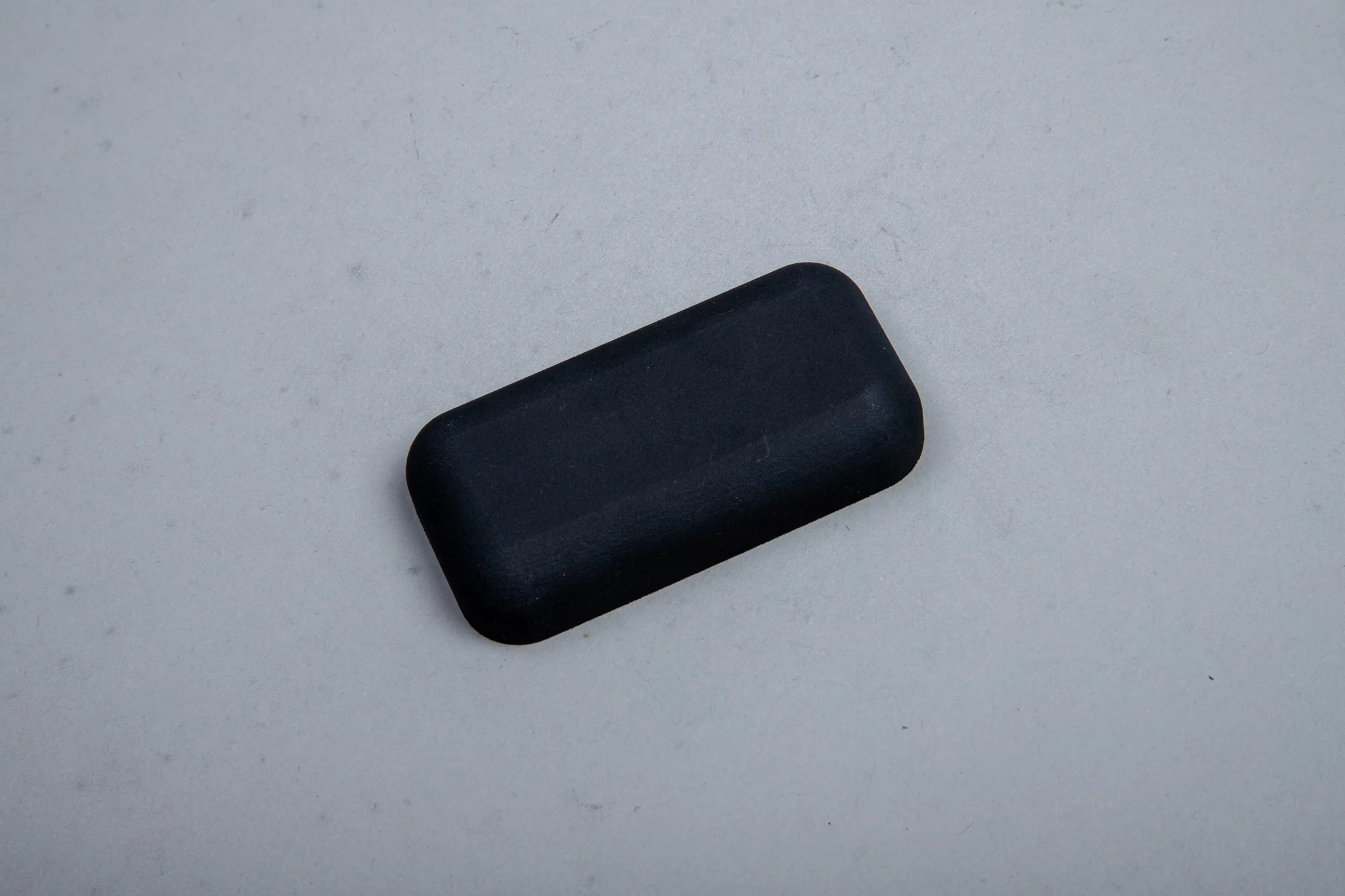
Volume
3D printing in Multi Jet Fusion technology is profitable in production from 1 piece to even several hundred, while most additive technologies have a much lower limit.
Of course, as the volume increases, MJF technology is no longer profitable, and investing in an injection mold becomes more and more justified.
Experience in similar projects
Look in the company’s portfolio to see if it has dealt with projects similar to yours. Check testimonials, review case studies, and ask for test samples. Tell us about your needs and check how the parts supplier responds to them.
This is the best way to determine whether the supplier will meet your expectations.
The process of implementing 3D printing in the company
The process of implementing 3D printing depends largely on the type of company and the need for plastic parts.
For manufacturing companies that need spare parts, for example, it is crucial to analyze the processes and identify which parts will be best to 3D print. In such a process, we primarily take into account the potential reduction of costs and benefits, such as securing the supply chain. We describe this topic in more detail in the article about the benefits of introducing 3D printing in factories.
The situation is slightly different for electronics manufacturers and companies needing housings and machine parts. In this case, implementing 3D printing makes sense already at the prototyping stage. Using 3D printing in MJF technology, designers can produce fully functional prototypes and order the first batches of parts using the same technology. We describe more about the implementation of 3D printing by device manufacturers here.
Use 3D printing in your projects with the support of professionals
As experts in the design and production of parts in 3D printing, we help companies at every stage of implementing this technology – from consultations with designers through prototyping to quick delivery of parts.
If your company is struggling with problems (or prices) with parts suppliers, there is a good chance that 3D printing will be the perfect alternative.
Write to us, and we will help you determine whether additive technologies will help your company.

